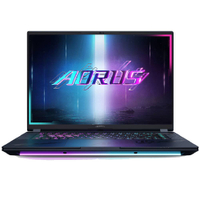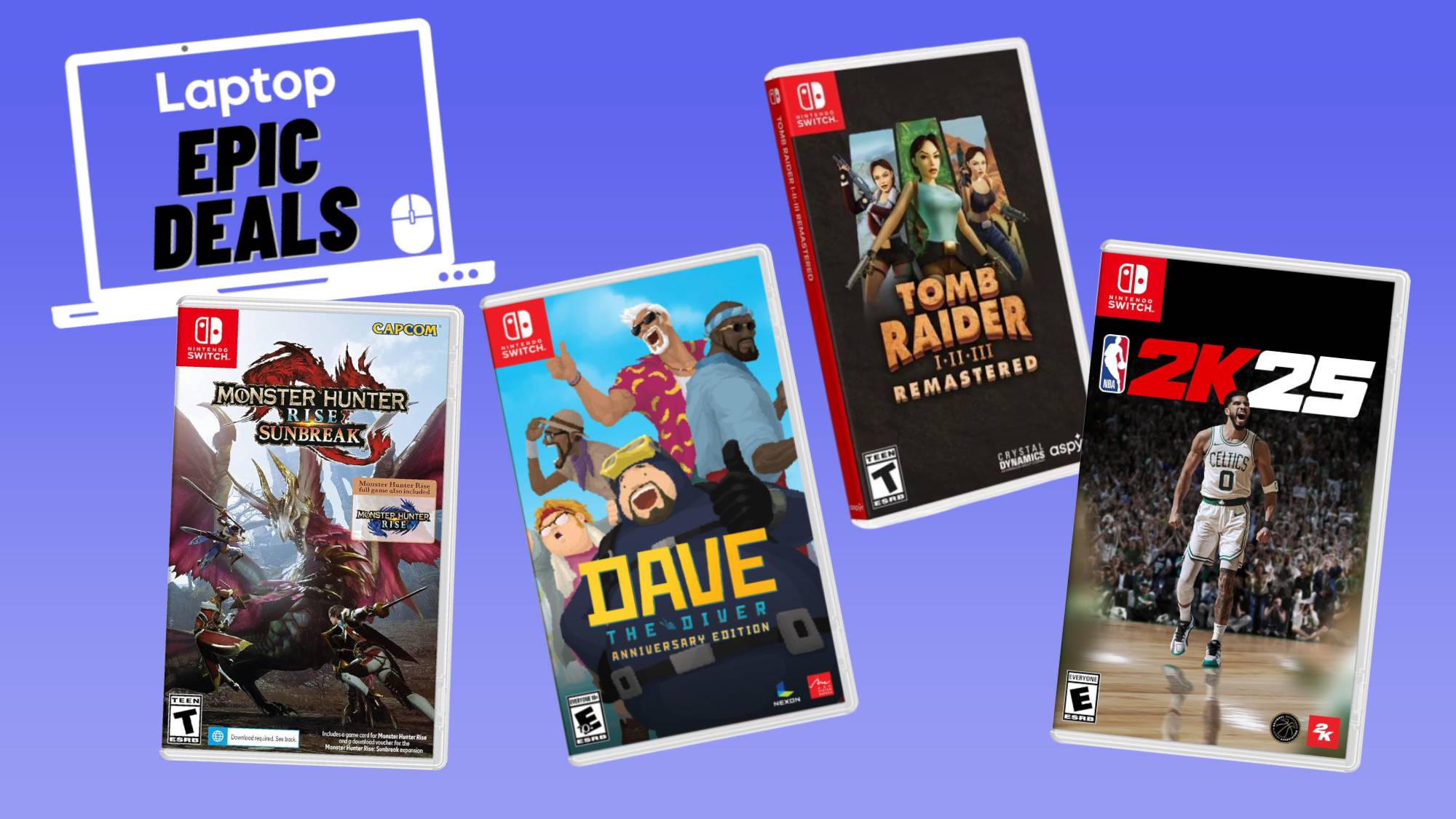Nvidia: Switch 2 has ray tracing, DLSS, and is 10x more powerful than original
What happens when Mario meets ray tracing? We might actually find out
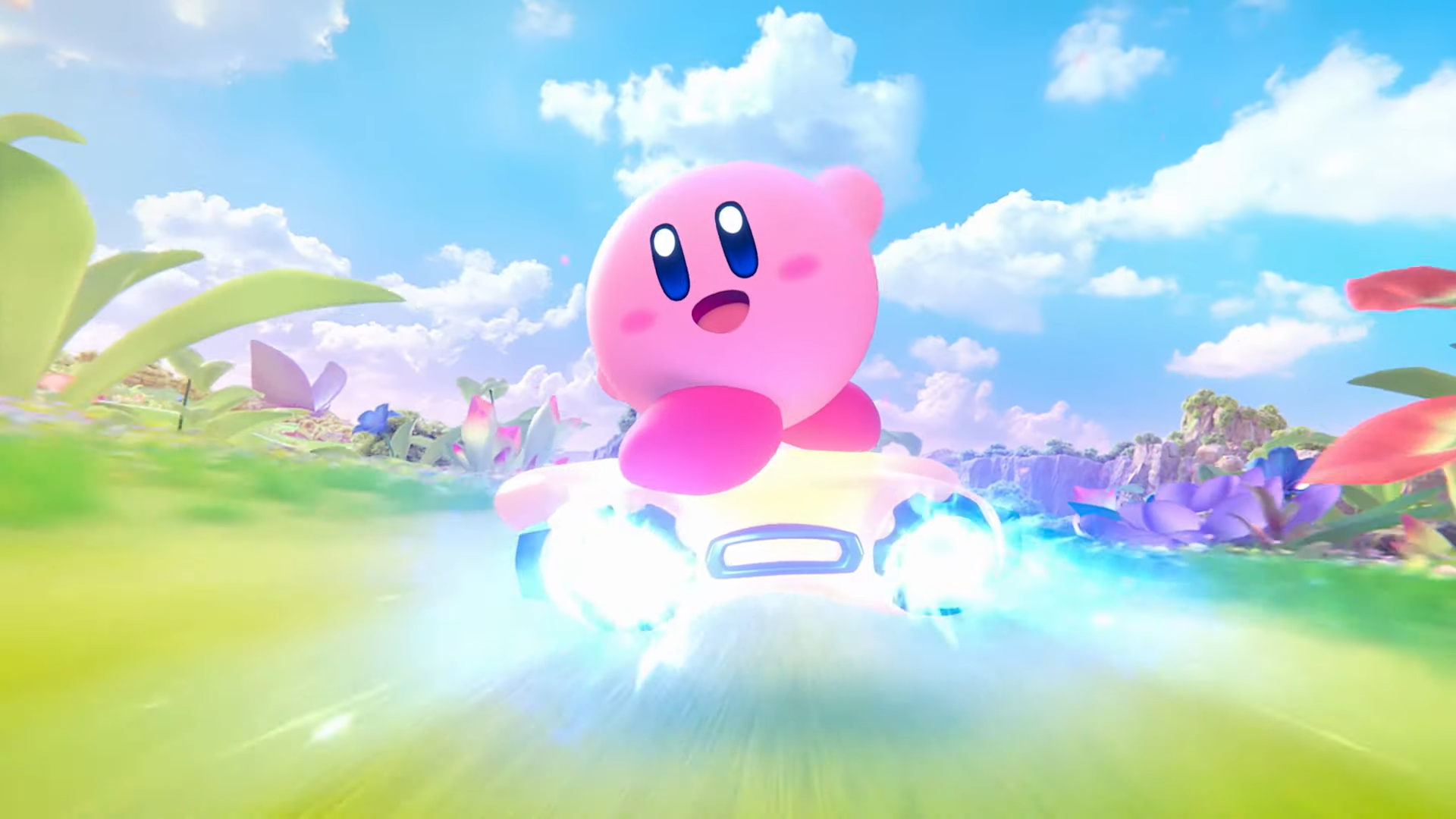
There were a lot of questions about the Switch 2 prior to Nintendo's Switch event this week, but one of the biggest was about performance.
We knew that the Switch 2 would have to be an upgrade in the power department, but how much of an upgrade would it actually be?
We now have a decent idea of what the Switch 2 is bringing to the table, but the details are still coming out in drips, and one of those drips comes courtesy of Nvidia.
On Thursday, Nvidia announced that the Switch 2 is using a custom processor that could take Nintendo to the next level in terms of graphics, which brings two major and modern features to one of the gaming world's least powerful consoles.
A new generation of Nivida
One of the biggest announcements from Nivida is that the Switch 2, thanks to a custom processor, will now support a couple of next-gen capabilities.
One of those features is Deep Learning Super Sampling (DLSS), which uses AI to boost frame generation.
This should — if other DLSS implementations are anything to go off of — upgrade the overall image quality of Switch 2 games without having to shoehorn in a beefier GPU or clunkier, expensive hardware.
Get The Snapshot, our free newsletter on the future of computing
Sign up to receive The Snapshot, a free special dispatch from Laptop Mag, in your inbox.
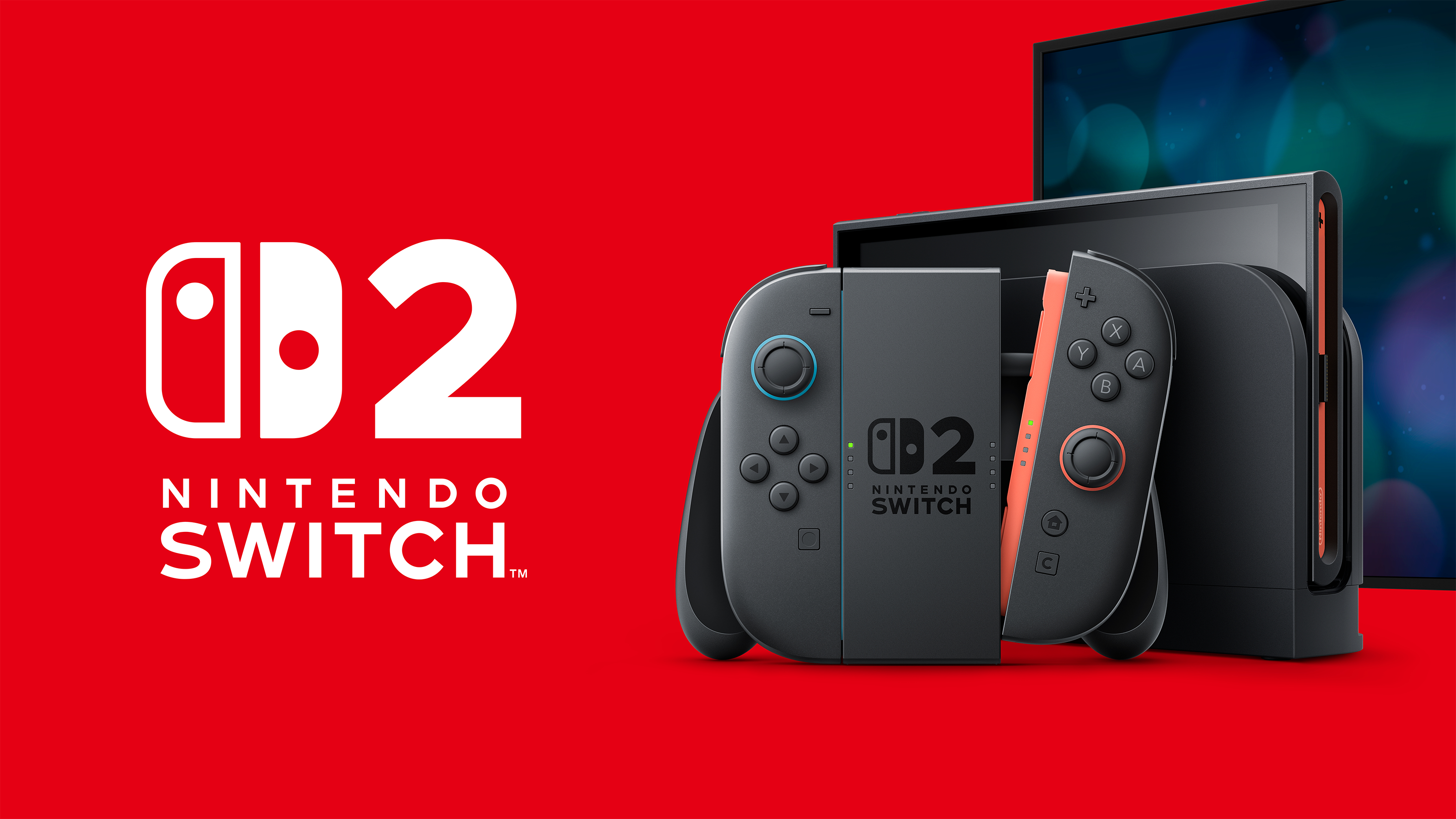
With a new custom Nvidia processor, the Switch 2 will be able to support 4K gaming in docked mode and up to 120fps at 1080p in handheld mode, according to Nvidia.
All in all, Nivida says the Switch 2 has 10 times the graphics performance over the original, which is to be expected since the Switch came out in 2017, but is still a welcome leap generation-to-generation.
Overview:
Score savings of $600 on the 2025 Gigabyte Aorus Master 16 with RTX 5080 graphics at Micro Center.
Key specs: 16-inch WQXGA (2560 x 1600) 240Hz OLED display, Intel Core Ultra 9 275HX 24-core CPU, 32GB RAM, NVIDIA GeForce RTX 5080 GPU w/ 16 VRAM, 1TB SSD, 1080p IR Webcam, quad speakers, Windows 11 Home
Release date: April 2024
Price history: This is the first discount and lowest price ever for this RTX 5080 Gigabyte Aorus Master 16 gaming laptop.
Price check: Amazon $3,099 | B&H $3,099 | Best Buy $3,099 | Newegg $3,099
Reviews: In our Gigabyte Aorus Master 16 review, we found its stunning overall performance and graphics impressive. Our laptop expert praised its eye-catching design, immersive OLED display, and excellent battery life for a gaming laptop. Our expert says, "The Gigabyte Aorus Master 16 champions Nvidia’s latest RTX 5080 GPU in its slick chassis with a gorgeous display and bouncy keyboard."
Laptop Mag: ★★★★
Buy it if: If you want a high-performance laptop for gaming, video editing, 3D rendering,and similar graphics-demanding tasks,
Don't buy it if: You want a personal computer solely for creating docs, checking emails, browsing the web, and streaming content.
Secondly, Nvidia says the new processor, thanks to new Tensor cores specifically, will also support (drum roll) ray tracing.
Yes, that's right, Mario can be ray traced.
On one hand, yay! Better graphics is, well, better. But on the other hand, I'm not convinced that the leap will be as big as Nintendo hopes it will.
Switching up the narrative
I don't think anyone will be mad about increased graphical performance.
The Switch, being nearly ten years old at this point, is outdated and was never really known for its power in the first place.
And here's the thing: that has never, ever mattered to anyone who loves Nintendo's iconic console. People play the Switch for Nintendo's classic first-party games, because it's affordable and because it offers a versatile, unique form factor that's inimitable when it comes to the traditional console market.
In a way, Nintendo succeeded not just despite its lack of graphical performance but because of it. While Microsoft and Sony were busy chasing ray tracing, Nintendo focused on creative, functional hardware and the core games that make the brand beloved.
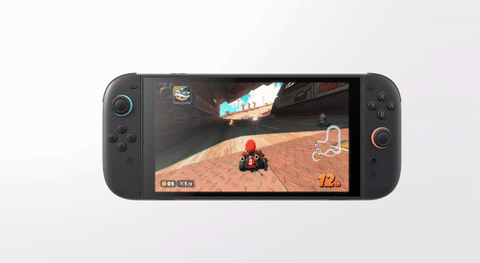
And sure, Nintendo can still do both, but it risks falling into the trap of chasing performance, which hasn't exactly worked out for its competitors.
Ray tracing, for context, was a major selling point when Microsoft launched its Xbox Series X, but a lack of developer support and potentially fan interest has made the feature sort of a non-factor. Up until recently, the Series S — Xbox's cheaper, non-performance oriented console — made up a whopping 75 percent of the company's current-generation sales.
That's all to say that price-to-performance is still more important than outright performance for the vast majority of people, and I doubt that Nintendo is immune to that trend.
Maybe ray tracing will be a bigger deal to the Switch 2 than I'm giving it credit for, but I have a feeling Nintendo ought to stick to its guns and focus on making Mario fun, not photorealistic.
More from Laptop Mag

James is Senior News Editor for Laptop Mag. He previously covered technology at Inverse and Input. He's written about everything from AI, to phones, and electric mobility and likes to make unlistenable rock music with GarageBand in his downtime. Outside of work, you can find him roving New York City on a never-ending quest to find the cheapest dive bar.
You must confirm your public display name before commenting
Please logout and then login again, you will then be prompted to enter your display name.
